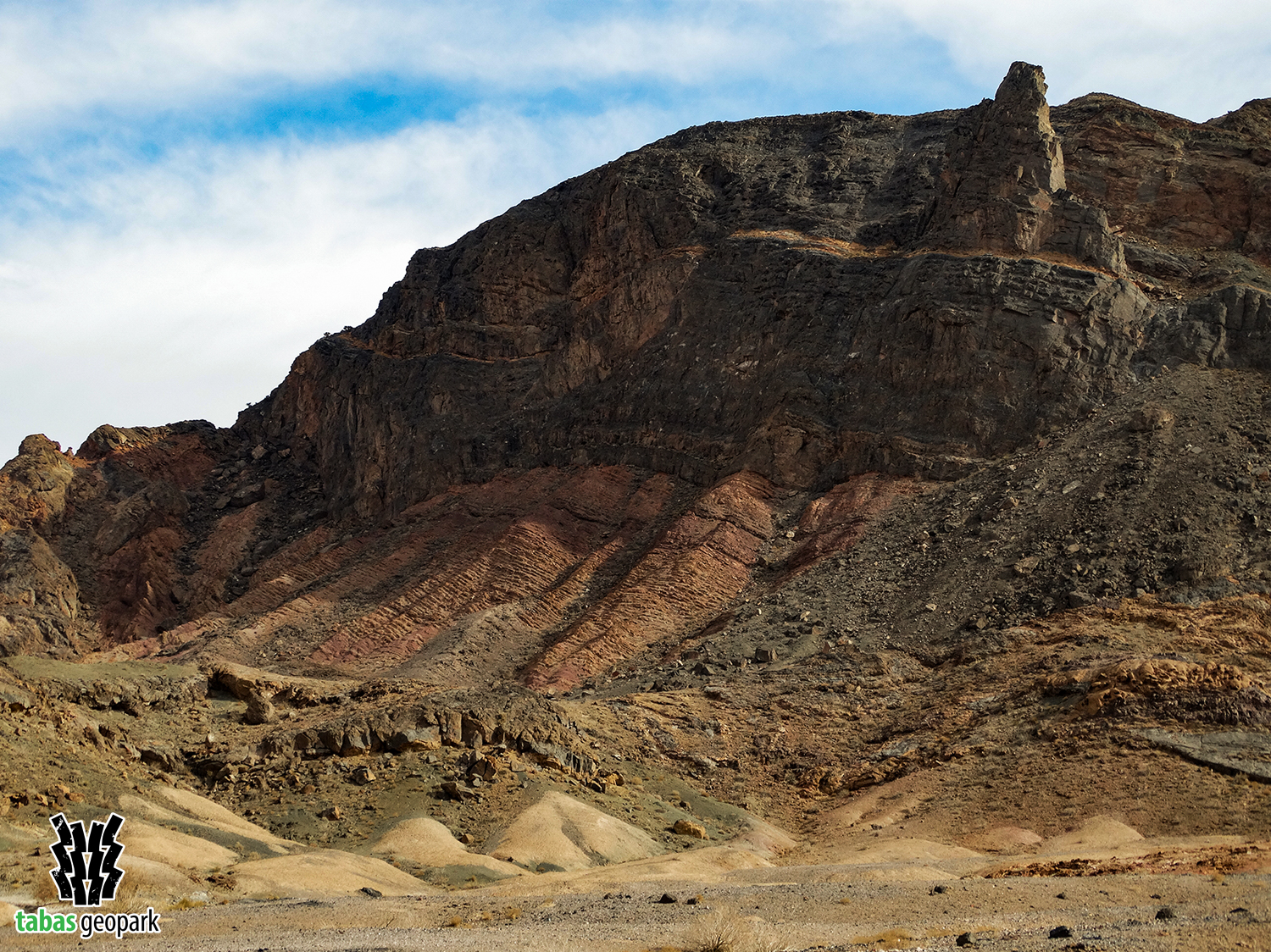There are few places in the world that show the history of the Earth’s long life completely and with the least unconformity (no sedimentation). Therefore, such regions in the world have always been of special interest to scientists. As these regions are considered as reference and of great importance in the history of life on Earth, they need consideration and protection. The most prominent difference between Tabas Geopark and other parts of Iran is the presence of rock outcrops related to the Cryptozoic Eon (from 542 million years to about 4.6 billion years ago) and the Paleozoic Era (251-542 million years ago), reflecting the history of life and evolution of the Earth’s past creatures. Derenjāl Mountains are one of the most important and significant geosites of Tabas Geopark, located 70 km north of Tabas and east of Kalshāneh village with an area of about 180 km2. This area contains the most considerable sedimentary sequences of this period in West Asia. The sedimentary sequences of this geosite date from about 540 million (Early Cambrian) to 380 million (Middle-Late Devonian) years ago. In the first geologic era, invertebrates were abundant marine life, and today, hundreds of millions of years later, evidence of fossilized remains can be well seen in the rocky outcrops of the geosite.
In addition to the geosite of the Derenjāl Mountains where outcrops of first era sedimentary sequences are evident, rocks related to the Cryptozoic Eon and Paleozoic Era have also emerged in other parts of the Tabas Geopark, such as the Ozbak Kuh, Kalmard, Howz-e-Do Rāh, as well as Kharv and Kal-e-Sardar areas. Also, the rocks of the second geological era (Mesozoic) are almost completely present in this geopark, and the history of about 400 million years of life on the Earth can be observed and studied in Tabas Geopark.
– The scientific resources are available in the management of Tabas Geopark.
The use of this article is unrestricted by mentioning the source.

